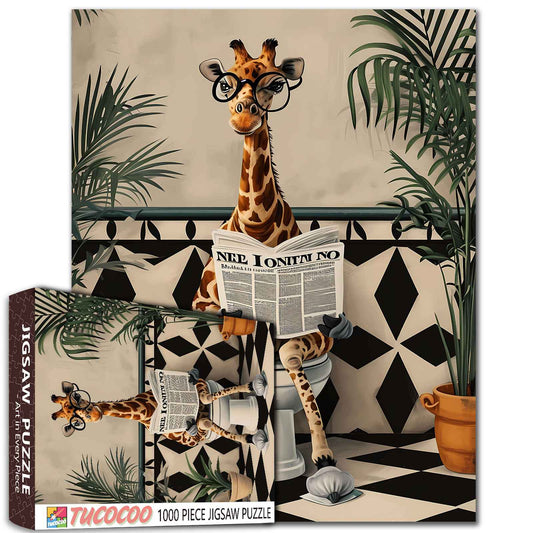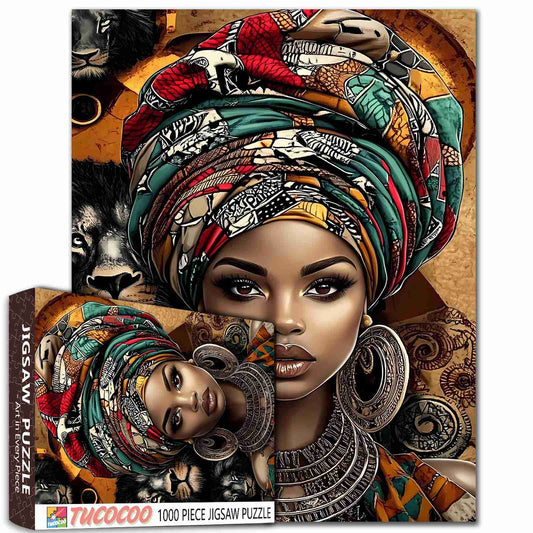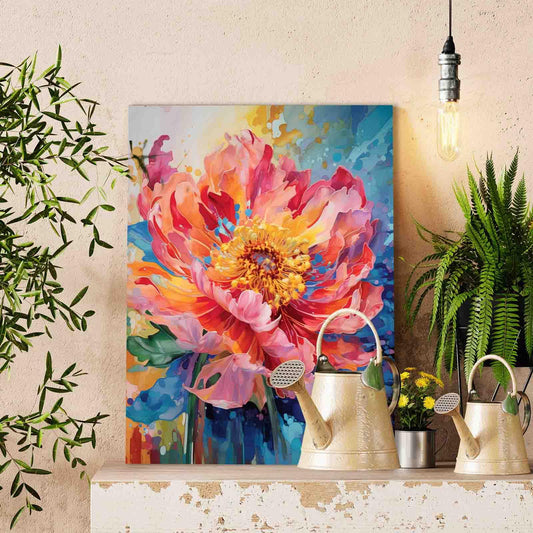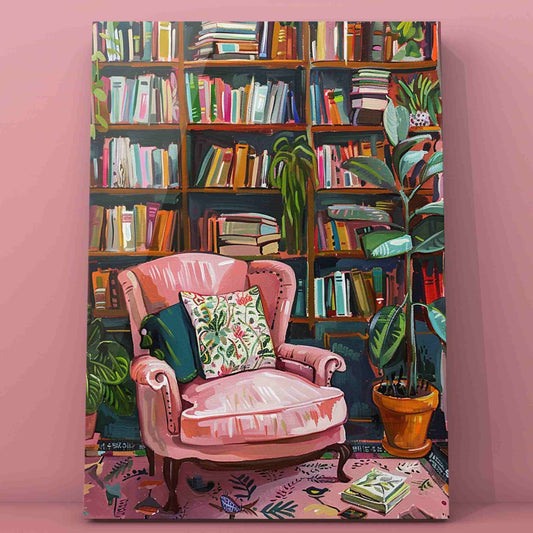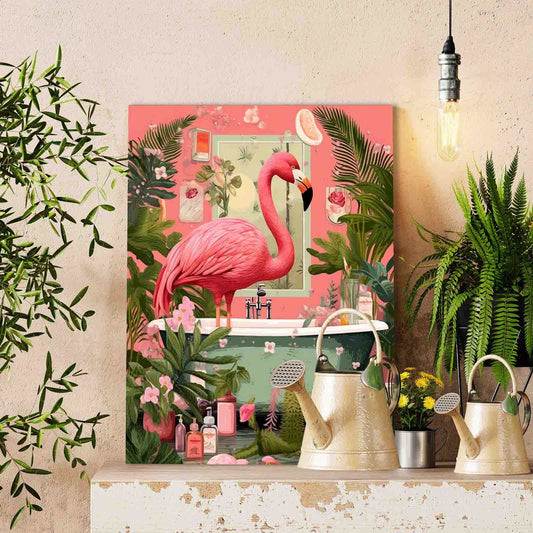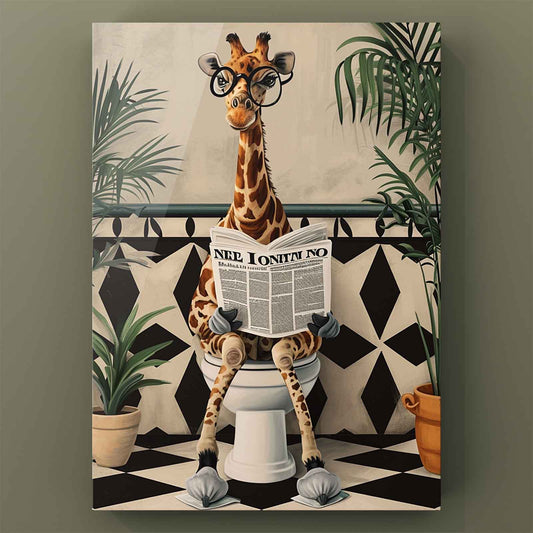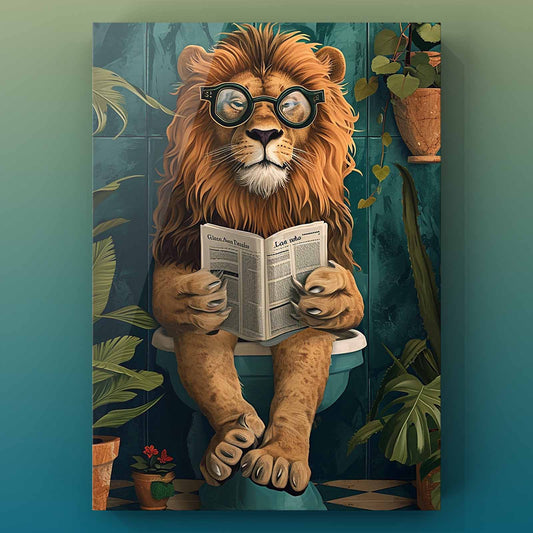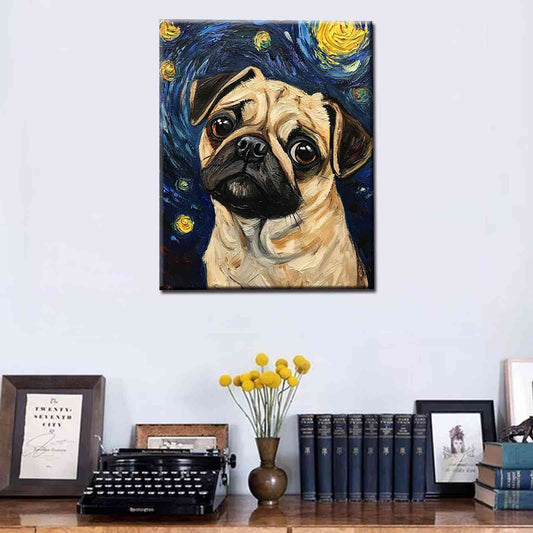
How to Select Framed Wall Art That Complements Your Home Decor
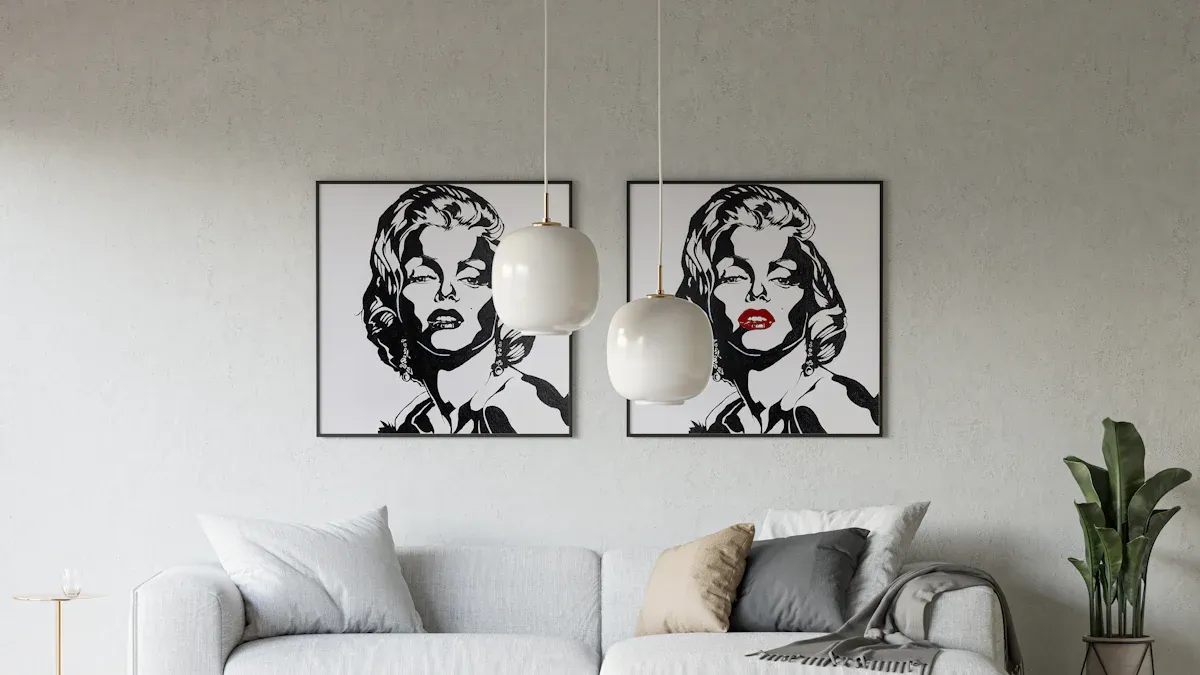
Framed framed wall art can completely transform the vibe of a room. Bright framed framed wall art can bring energy and fun to your space, while calm framed framed wall art can create a peaceful and relaxing atmosphere in your bedroom. The framed framed wall art you choose reflects your personality and what matters to you, turning your home into a personal story. Select framed framed wall art that complements your decor to create a cohesive and connected space. Don’t overthink it—trust your instincts and let your creativity shine!
Understanding Your Space and Style
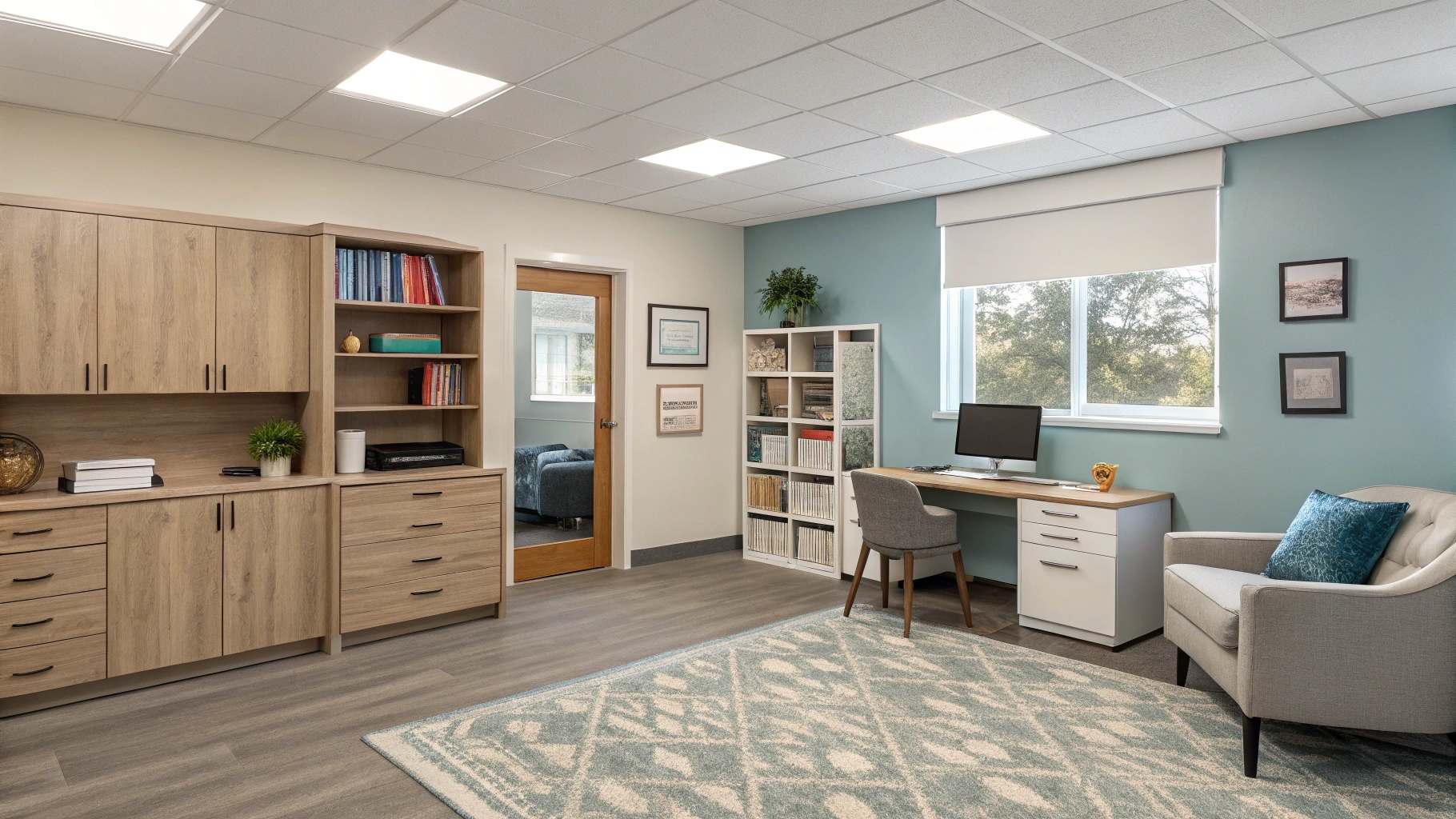
Think About the Room's Purpose and Layout
Before picking framed wall art, consider how you use the room. Is it a comfy living room, a formal dining space, or a quiet bedroom? The room’s purpose helps you choose the right art. For example, a living room could use a gallery wall for interest. A bedroom might feel calmer with one big piece above the bed. You can also mix things up with mirrors, stacked art, or sculptures to make the space lively.
Look at the room’s layout too. Big walls can fit large art or several pieces in a grid. Smaller areas might look better with medium art or two matching pieces. Matching the art to the room’s size and purpose makes it feel balanced and welcoming.
Show Your Personal Style
Your style matters when picking art. Do you like modern, vintage, or a mix of styles? A survey by Chairish says vintage items are more popular now, with 70% of designers buying more vintage. This trend shows love for unique, eco-friendly, and timeless pieces. Think about what you like. Whether it’s bold abstract art or soft nature scenes, pick what feels right for you. Your art should show your personality.
Match Art with Your Decor and Furniture
Your furniture and decor can guide your art choices. Look at the room’s colors, textures, and shapes. If your sofa has a bright pattern, pick simple art to keep it neat. Hanging art above furniture like beds or fireplaces makes a great focal point. A gallery wall can mix styles and sizes for extra charm. Leave some space—6 to 12 inches between the art and furniture works well.
|
Tip |
What to Do |
|---|---|
Hang art above furniture |
Place big pieces above sofas or beds for focus. |
Make gallery walls |
Combine different art styles and sizes for variety. |
Keep spacing |
Leave 6-12 inches between art and furniture to avoid crowding. |
By thinking about these tips, your framed wall art will fit your home perfectly.
Choosing the Right Framed Wall Art
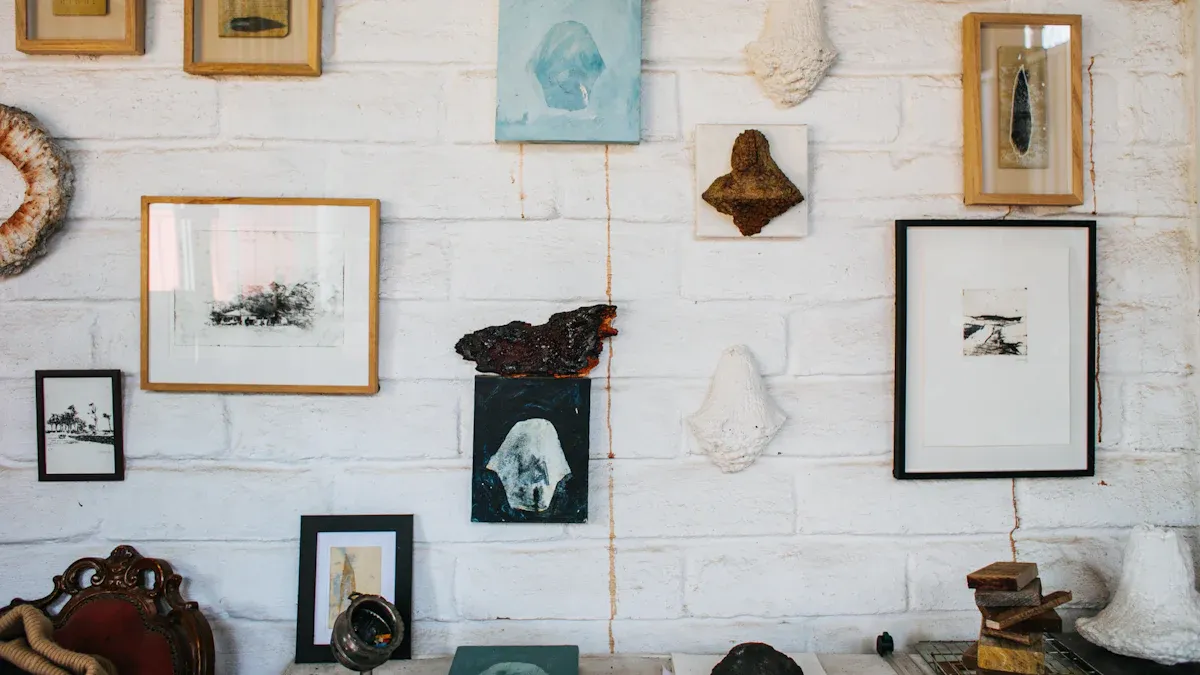
Pick the Best Size for Your Wall
Choosing the right size is very important. Small art can look lost on big walls. Huge art might feel too much in small spaces. Start by measuring your wall to find the right size. Use the "three eights" rule for blank walls. Leave equal space on both sides of the art. For example, on a 9-foot wall, pick art about 60 inches wide.
If hanging art above furniture, match its size to the furniture. The art should be 60% to 75% of the furniture’s width. For example, if your sofa is 92 inches wide, choose art between 52 and 69 inches wide. Hang the art so its center is at eye level, about 58 inches from the floor. This makes it easy to enjoy and gives a gallery-like look.
Here’s a simple guide:
Small Spaces: Use smaller art like 11 x 14 inches for bathrooms.
Medium Spaces: Choose 18 x 24 inches or 20 x 20 inches for living rooms.
Large Spaces: Pick big art, like 40 x 54 inches, for open areas.
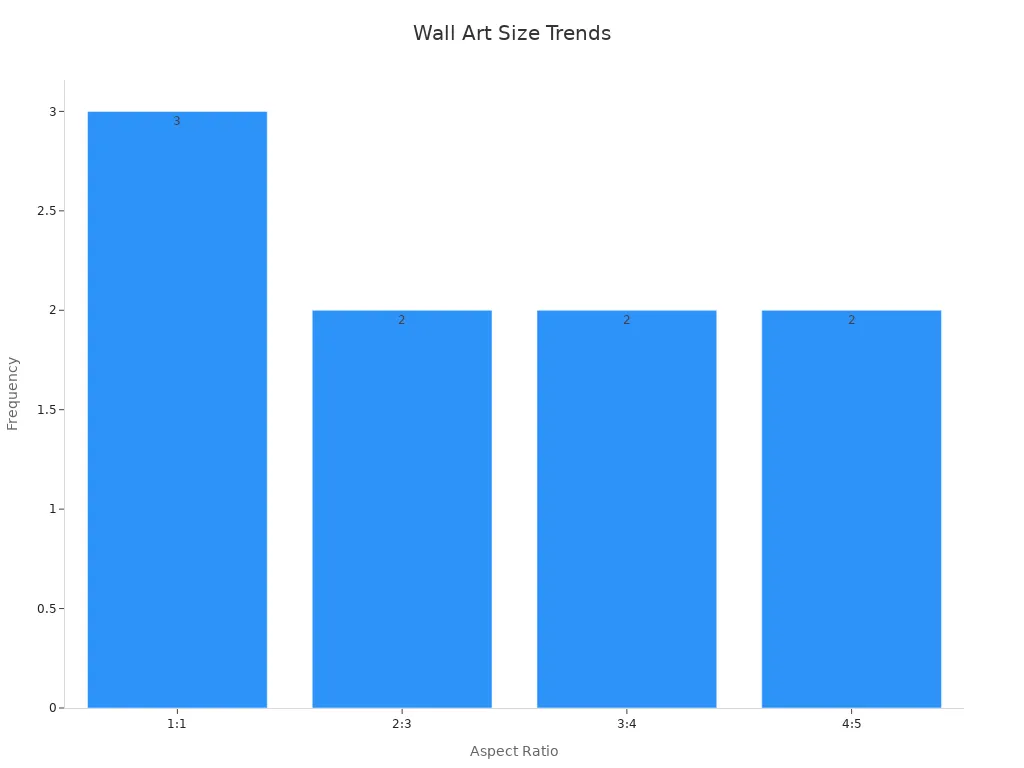
Match Colors with Your Room
The colors in your framed wall art should match your room. Use the 60/30/10 rule for balance. This means 60% of one main color, 30% of a second color, and 10% as an accent. For example, if your room is beige and white, add art with blue or green accents.
Matching colors isn’t just about looking the same. It’s about balance. If your room has bright colors, pick softer art to keep it calm. If your room is neutral, use colorful art to make it lively.
Colors can also change how a room feels. Warm colors like red and orange feel cozy. Cool colors like blue and green feel calm. Pick colors that match your room and the mood you want.
Choose Themes You Love
The theme of your framed wall art should show your style. Whether you like abstract art, nature, or vintage posters, pick what you love.
Here are some ideas for themes:
Theme |
Description |
Key Features |
|---|---|---|
The Calm Cabin |
A peaceful lakeside cabin with nature vibes. |
Earthy colors, natural textures, big windows, soft lighting. |
The Creative Loft |
A city loft full of bold and creative energy. |
Bright colors, mixed textures, open layout, fun lighting. |
The Green Home |
A space focused on eco-friendly materials and design. |
Natural tones, recycled materials, big windows, energy-saving lights. |
Think about the story you want your room to tell. For a calm bedroom, pick landscapes or simple art. For a fun living room, try bold or mixed art styles. Choose art that feels special to you and fits the room’s vibe.
Selecting the Perfect Frame for Your Art
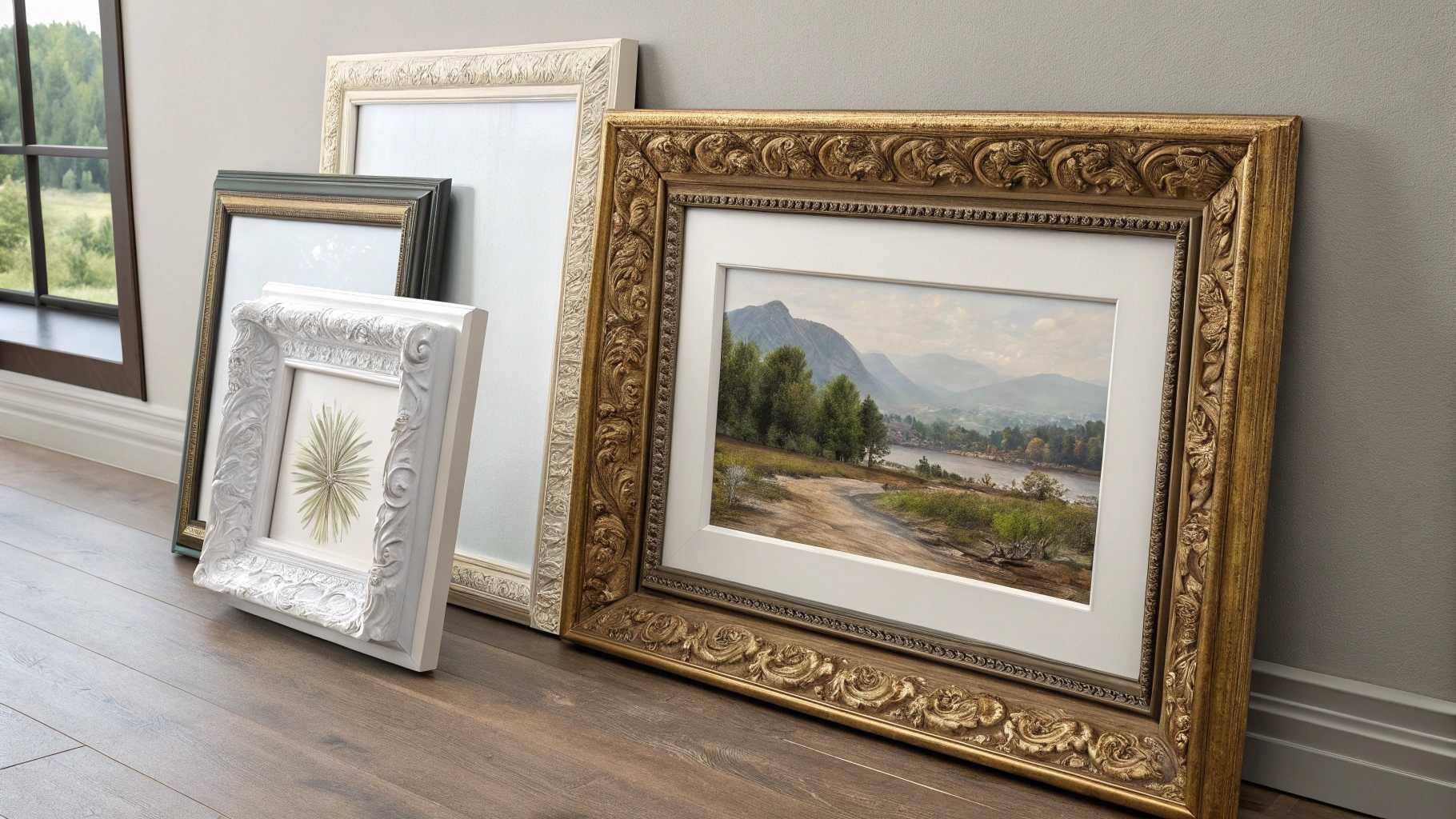
Match Frame Styles to Your Home's Look
The frame you pick changes how your framed wall art looks. It’s not just for holding the art—it makes it better. Choose a frame that matches your home’s style. For modern homes, simple frames look best. For traditional spaces, fancy or old-style frames add charm.
Mixing frame styles can make things interesting. For example:
Same frames give a neat, matching look.
Different frames make it fun and unique.
Think about how the frame fits the art. A beige frame can show off sandy colors in a beach picture. A gold frame makes a classic painting look fancy. The right frame brings everything together nicely.
Check Frame Materials and Finishes
Frame materials affect how long they last and how they look. Wood frames are classic and affordable but may not last in damp places. Aluminum frames are strong and resist water, so they last longer.
Here’s a quick guide:
Wood: Warm and natural; cheap but less strong.
Aluminum: Light, tough, and water-resistant.
Plastic: Cheap and colorful but less sturdy.
Metal (like titanium): Light, strong, and lasts a long time.
Pick a material that matches your style and works in your space.
Use Matting to Make Art Stand Out
Matting is like a frame inside a frame. It adds space between the art and the frame, making the art pop. White or neutral mats work with most art, but colored mats can match the art’s colors.
Matting also protects the art by keeping it away from the glass. This helps prevent damage. Whether it’s a photo, painting, or print, matting makes your framed wall art look even better.
Displaying Framed Wall Art Effectively
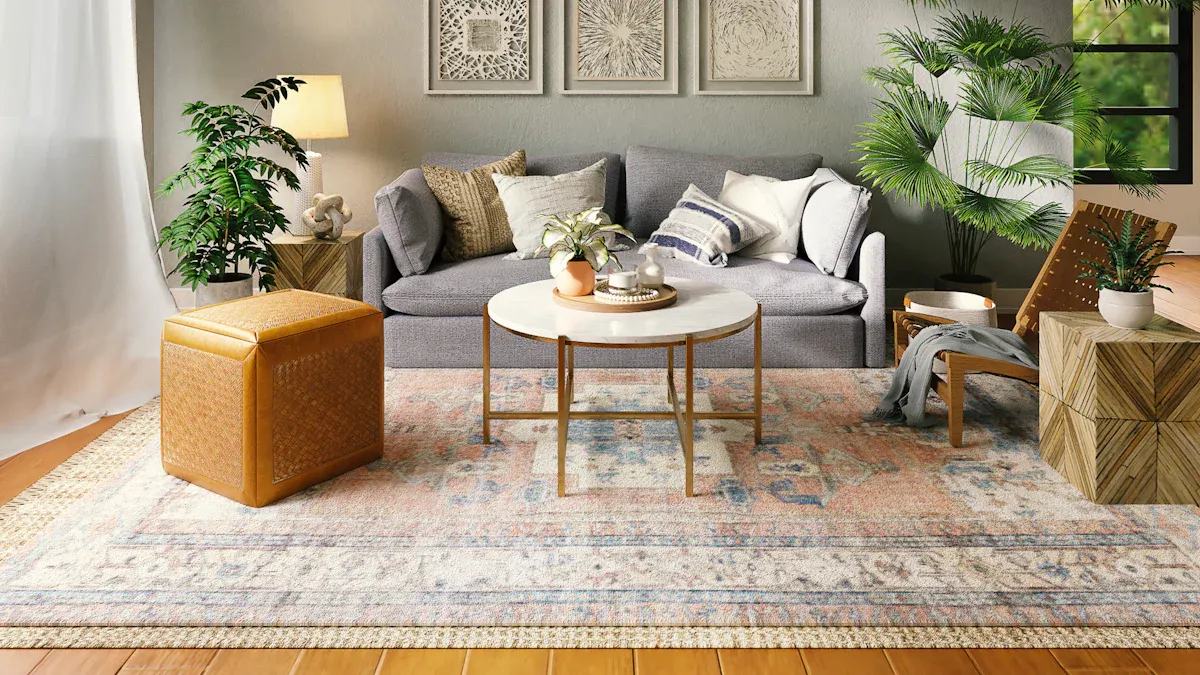
Pick the Right Spot and Hanging Height
Where you hang your art changes how your room feels. Think about balance when placing your art. Symmetrical setups, where both sides match, feel calm. Asymmetrical setups feel lively and fun. Choose the style that fits your room best.
Hang your art at eye level for easy viewing. A good height is 57 to 60 inches from the floor to the center of the art. If hanging above furniture, leave about 8 inches of space between them. This keeps the art and furniture looking connected but not crowded. You can also divide your wall into four parts. Place the art in the third section from the bottom for a balanced look.
For heavy art, use wall studs to keep it secure. Lighter pieces can hang between studs but check they’re stable. These small steps make sure your art stays safe and looks great.
Use Lights to Highlight Your Art
Lighting changes how your art looks in a room. Start with soft, even lighting for the whole space. Then, add spotlights to focus on special pieces. This layering makes your art stand out more. Adjustable lights and dimmers let you change the mood anytime.
Keep lighting consistent by using bulbs with the same color tone. Warm lights make art feel cozy, while cool lights feel modern. Use both general lighting and focused lighting for balance. This way, your room feels bright but doesn’t overpower the art.
Good lighting shows off the details, colors, and textures of your art. It also draws attention to key parts of the piece, making it more interesting to look at.
Arrange Art for a Gallery Wall
A gallery wall is a fun way to display many pieces. Start with one main piece that’s bigger or brighter than the others. This will be the center of attention. Plan the layout so everything looks balanced and works together.
Mix different art styles, sizes, and shapes for variety. Pair bold art with softer or vintage pieces. Repeat colors two or three times across the wall to tie it all together. This keeps the wall looking neat but not boring.
Before hanging, lay the pieces on the floor to test layouts. This helps you see how they fit together. A well-planned gallery wall makes your room look stylish and tells a story through your art collection.
Tips for Creating Cohesion with Framed Wall Art
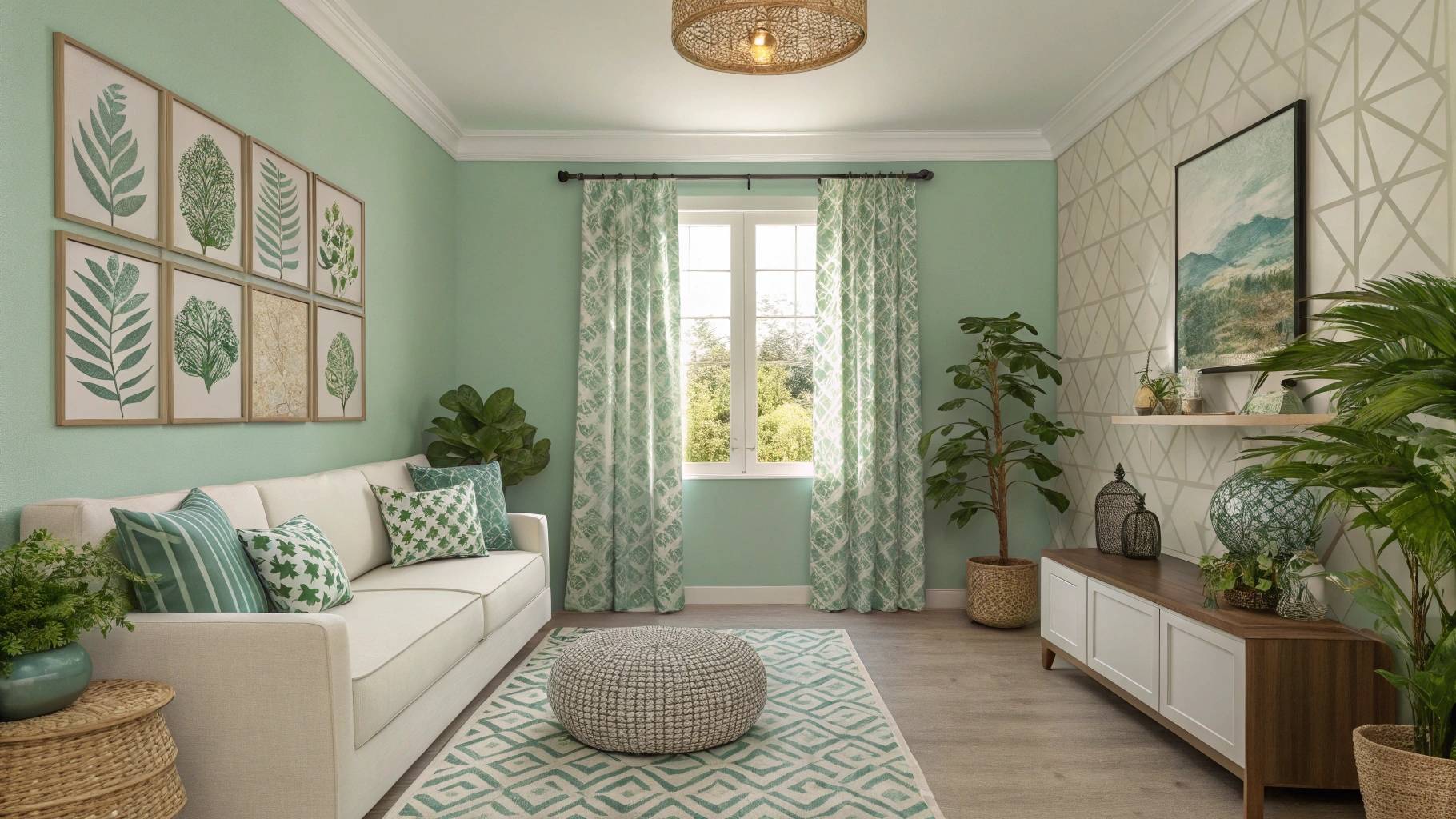
Make Art Fit with Other Decorations
Your framed wall art should match the room’s look. It shouldn’t fight for attention. If your room has bold furniture or busy rugs, pick simple art. This keeps the space from feeling too crowded. If your decor is plain, bright or big art can add energy and style.
Think about the materials in your room. A wooden frame looks great with a rustic table. A shiny metal frame works well with modern furniture. Add plants, books, or vases to tie the room together. These small details make your space feel planned and cozy.
Keep a Similar Style or Theme
Having a theme makes your room feel connected. Choose a style that shows your personality. For example, one-color designs feel calm and classy. Geometric patterns give a modern vibe. Nature art brings peace and connects the indoors with the outdoors.
Not sure where to begin? Think about the mood you want. A wall of nature photos can feel adventurous. Bright, bold art can be the main focus of the room. Pick pieces that share a theme to make your space feel welcoming and complete.
Trend Description |
Benefit |
|---|---|
One-color designs |
Feels calm and elegant, letting other items stand out. |
Nature-inspired art |
Adds peace and a fresh feel to your home. |
Bright and bold art |
Shows your style and makes the room more exciting. |
Try Layouts Before Hanging Art
Before putting nails in the wall, test layouts first. Place your framed wall art on the floor to try different setups. Overlap pieces or play with shadows for depth. Use items in the front, middle, and back to make it interesting.
Be creative! Look at your layout from different angles to find the best one. Match colors, shapes, and textures so everything feels balanced. Testing ideas helps you find the perfect layout for your style and feelings.
Pro Tip: Take a picture of your test layout. This helps you see how it will look and make changes if needed.
Picking framed wall art mixes fun with smart decisions. First, think about your space, pick art that matches your style, and hang it nicely. Trust yourself—your taste is important!
Dr. Lydia von Brandt says using simple tools can save time by 33% and improve results. Use these tools with your creativity for great choices.
Fact |
Detail |
|---|---|
World Wall Art Market Value |
|
Growth Rate Prediction |
5.4% (2023-2030) |
Home Use Share |
Around 70% (2022) |
Love for Minimalist Designs |
59% (2022) |
Framed wall art isn’t just for looks—it shows who you are. Pick art that makes you happy and makes your home special. 😊
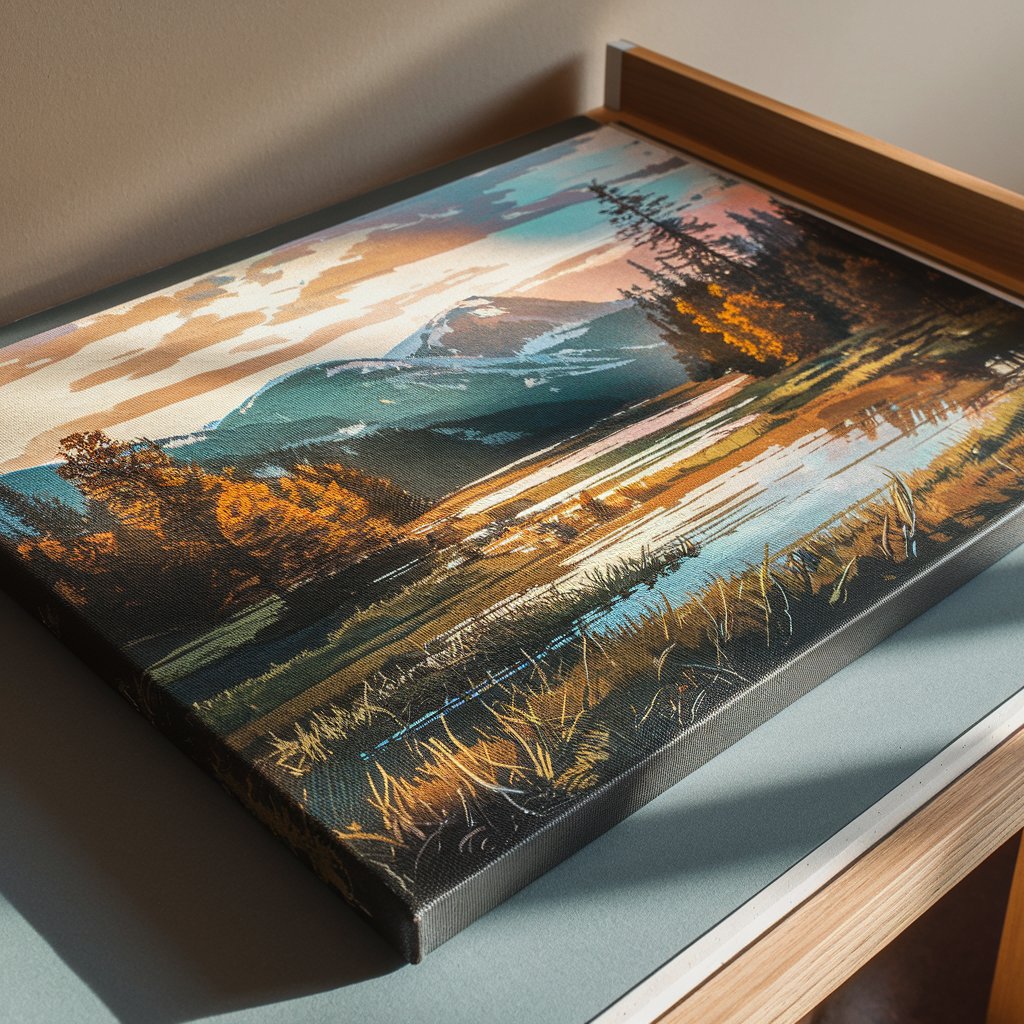
Tucocoo Custom Canvas Wall Art





